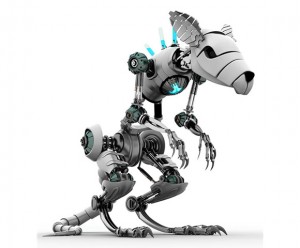 Benefits of in silico methods over in vitro and in vivo methods include:
Benefits of in silico methods over in vitro and in vivo methods include:
- higher throughput: more data can be analysed at one time
- QSAR models provide an opportunity for large scale screening of chemicals and pharmaceuticals
- less expensive when it becomes more common
- less time consuming because large amounts of data can be analyzed at one time
- constant optimization of models
- higher reproducibility if the same model is used. In silico approaches can standardize how results are expressed and analyzed. It provides a transparent way of handling results so the results can be compared and shared among researchers.
- reducing the use of animals
- reducing the chance of research prejudices from researchers. This can help standardize and eliminate any subjective factors from researchers that could negatively impact the outcome.
- ability to deal with complex situations with a computer when non-formal analysis is not available
- providing a fair method to compare new and traditional approaches to testing
- potential for creating computer models that provide a system just as complex as a live animal for testing in the future
—————————————————————
An interesting developing application of in silico technology is:
The robotic rat pup simulation
Biorobotics is a field that uses physical robotic models and simulations to understand:
- biomechanics of animals
- sensory systems of animals
- cognitive abilities of animals
 In a paper by Bish et al., a Norway rat pup was simulated by studying the neurobehavioural principles in the actual organism.
In a paper by Bish et al., a Norway rat pup was simulated by studying the neurobehavioural principles in the actual organism.
Biorobotics allow researchers to manipulate variables in a robotic animal in a study that would otherwise be impossible in research done with live animals.
In addition to the roborat pup, there has already been robolobster, robocricket, and robocockroach models created in the past.
The potential for creating robo-animals to be used in experimental testing is probably still a long way down the road because it would mean being able to understand and replicate the complexity of an animal (that is probably higher in complexity than a rat pup, which is born deaf and blind).
However, it does not mean recreating robotic animals for toxicology testing is out of the question.
